
You might think you need to buy a thousand dollar phone to get a great experience while streaming movies and TV shows from services like Netflix, Hulu, and YouTube, but that's just not true anymore. While phone prices keep rising and the midrange segment now ranges from $300–$500, there are still cost-effective options that come with top-notch displays and media features.
To create this list, we looked for phones with large displays, great battery life, fast modems, and other features that enhance the media-watching experience. After extensive testing, we're confident these are the best sub-$500 phones for this specific use-case. While there may be better overall phones, the five listed here are the best midrange devices for those primarily looking to stream movies and TV.
Table of Contents
Comparison Chart
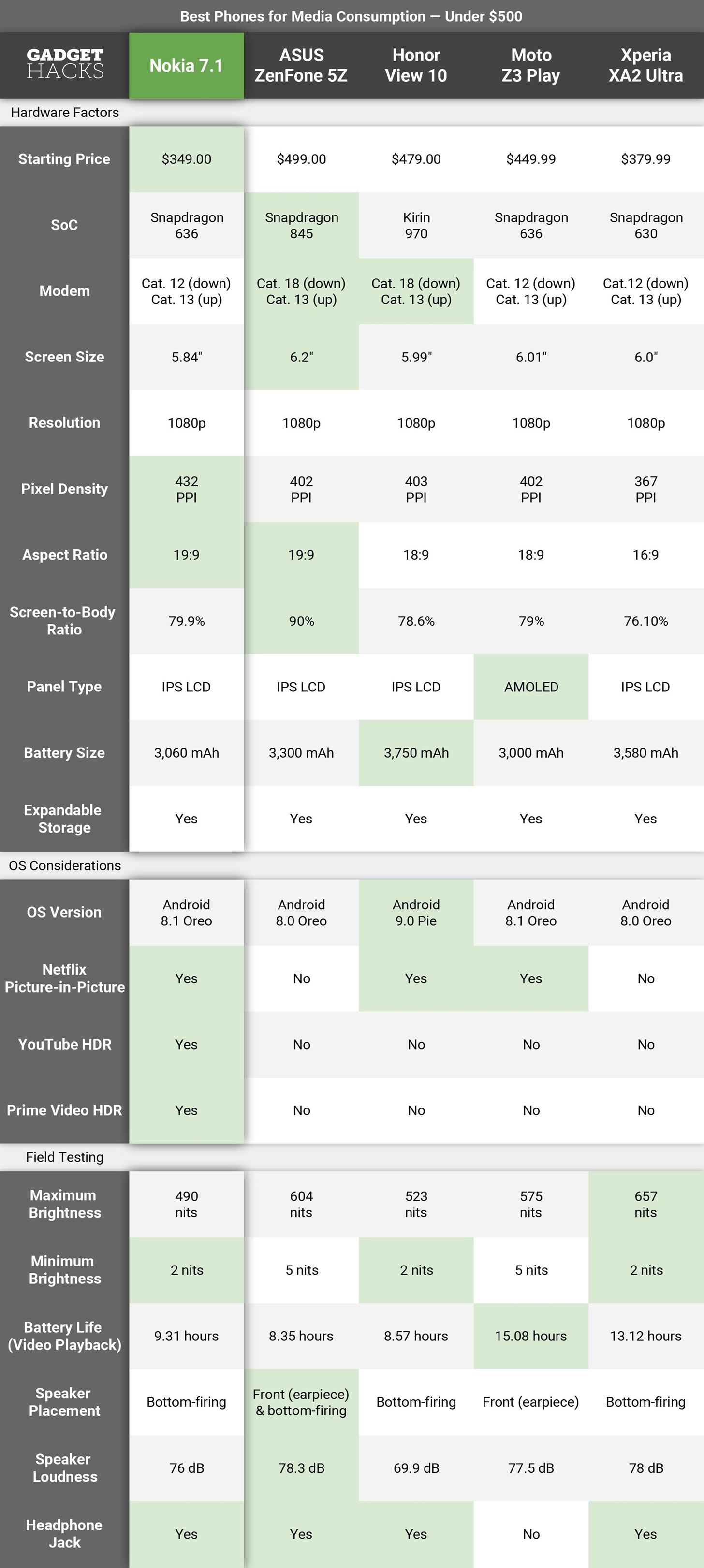
Key Comparison Points
- Starting Price: The price of the lowest variant of the phone.
- SoC: The system-on-a-chip (or processor) is what powers the device. This hardware component dictates the overall performance of the phone, even impacting video streaming services. Three of the phones in our list have midrange processors, while two (the ZenFone 5Z and Honor View 10) have the same top-of-the-line SoCs you'll find in phones twice this price.
- Modem: The hardware component that's responsible for managing your LTE cellular data connection. Modems are measured in categories, with higher numbers indicating faster theoretical max speeds. With a better modem, there's less chance videos will buffer or lose quality.
- Screen Size: Probably the most critical criteria on our list, the size of the display on the smartphone. When it comes to consumption of videos, a larger screen is preferred.
- Resolution: Almost as important, resolution is the maximum number of pixels displayed on the screen. 1080p is the standard, as most movies and TV shows output at that resolution. Although 4K does exist, there aren't many streaming sources which support videos at that resolution.
- Pixel Density: The best measure of a display's sharpness. If you multiply the resolution numbers (see above), you'll find the total number of pixels in a screen. Then, if you divide that number by the total area of the screen, you'll see how many pixels are in a square inch of the display. The higher the PPI number (pixels per inch), the sharper the screen.
- Aspect Ratio: The ratio of the width of a display compared to its height. This number comes into play when watching movies, as the aspect ratio of films is displayed differently depending on the aspect ratio of your screen. When compared to 16:9 screens, 18:9 screens won't show horizontal black bars for 1.85:1 videos (which is typical of older movies such as The Godfather), and black bars will be smaller with 2.39:1 videos (found on newer movies such as Netflix's The Cloverfield Paradox).
- Screen-to-Body Ratio: The ratio of the display compared the front face of the phone. The higher the percentage, the smaller the forehead and chin, resulting in a more immersive viewing experience.
- Panel Type : The type of screen technology used. For smartphones, there are only two options: OLED or LCD. To provide more accuracy, we labeled the displays with their specific marketing names. With these particular phones, OLED is called AMOLED and LCD is called IPS LCD.
- Battery Size: The capacity of the battery. A larger capacity typically indicates a better battery life.
- Expandable Storage: While the internal storage of smartphones has gotten much larger as of late, it's always nice to have microSD support. Not only does this offer a significant amount of storage for a low price, but it will help greatly if the video streaming service you're using lets you download videos to watch them without an internet connection.
- OS Version: What version of the Android operating system the phone is running. Only one of the phones on our list is currently running the latest version, Android 9.0 Pie, and two other phones are only one version behind with Android 8.1 Oreo.
- Netflix Picture-in-Picture: While Android 8.0 Oreo added picture-in-picture mode for most apps, Netflix is different. The streaming service requires Android 8.1 Oreo or higher for this feature to work, so only three devices on our list have access to it.
- YouTube HDR: The device is capable of playing HDR content on YouTube. HDR, or high dynamic range, offers superior quality to non-HDR as light can be more accurately represented.
- Prime Video HDR: The device is capable of playing content HDR content on Amazon Prime Video.
- Maximum Brightness: The maximum level of brightness achievable by the display. This number is measured in nits, with a higher number indicating a brighter display. Brighter screens are needed when viewing your phone in direct sunlight. Data was sourced from Phone Arena.
- Minimum Brightness: The minimum level of brightness achievable by the display. Lower brightness levels help during late night viewing and can reduce battery drain, which is important when binge-watching your favorite shows. Data was sourced from Phone Arena.
- Battery Life: The battery life of the phone when a video is watched at 50% screen brightness. We used data from GSM Arena, who ran a fully charged battery down to 10% while looping a standard definition video with airplane mode turned on.
- Speaker Placement: The location of the loudspeaker on the device. When watching videos without headphones, the speaker's placement will play a large role in how easy it is to hear. Ideally, you want speakers facing toward you.
- Speaker Loudness: How loud the speakers can get. Measured in decibels, higher numbers are better, as it's easier to hear your content in loud environments. This data was sourced from Phone Arena.
- Headphone Jack: Whether the phone includes the elusive 3.5 mm headphone jack. Since we enjoy movies on the go, having this port will provide the best listening experience.
How We Chose These Phones
Our first requirement was that each phone on our list had to cost $500 or less. With phones eclipsing the $1,000 price point nowadays, we felt a price tag of half that would be within most users' budgets while not compromising on features.
Second, we focused solely on phones released on or after January 1, 2018. It's true that older flagships could have been considered at this price point, but with Android OEMs abandoning software support as quickly as they do, we didn't want to recommend a phone that might become obsolete soon.
We only chose phones that have passed Google's Compatibility Test Suite — without this certification, you'd lose access to certain apps on the Google Play Store, including Netflix. Many phones from several Chinese manufacturers were eliminated as a result of this requirement.
In conjunction with this requirement, we focused only on phones which were officially released in the US. While importing is always an option, these phones will typically not include any warranty, as the manufacturer won't support a device in regions they didn't officially release it in. Because of this, several phones from Nokia and the Honor 8X were unable to make our list.
We deemed screen size to be one of the most important components when it comes to enjoying video playback. Therefore, we looked strictly at phones with a display of at least 5.5 inches. At this screen size, videos are easy to view, including subtitles if you need them.
Phone 1: Nokia 7.1
At first glance, you might question the Nokia 7.1's $349 price tag. HMD (Nokia's developers) were able to create a phone which looks and feel like a flagship phone while maintaining a budget price. Typically, OEMs accomplish this by skimping on the hardware, pairing sub-midrange specs with a pretty design. However, this isn't the case with Nokia 7.1. HMD included not only midrange specs, but a brand new display which brings HDR content to a budget audience.
Besides the design, the most standout feature of the Nokia 7.1 is its new PureDisplay technology. With the screen being the most important factor when it comes to a phone's movie watching capabilities, it's no wonder that Nokia was able to top our list. That's because the new PureDisplay brings HDR content to an IPS LCD panel. HMD partnered with Pixelworks to enhance the quality of LCD panels to the point where they could achieve the one-million-to-one dynamic contrast ratio needed to display HDR content. And despite the Moto Z3 Play having an AMOLED panel (more on that later), this is only HDR10 certified panel on our list and the only one able to display content with high dynamic range.

The Nokia 7.1 received certification from Amazon to display Prime Video in HDR, giving users thousands of hours of content to view. Additionally, the Nokia 7.1 includes an SDR to HDR converter which will turn non-HDR content to HDR in real time. With this feature, even with services that Nokia 7.1 doesn't have certification for, it can still enjoy its content in HDR.

While the screen isn't the brightest, it does get pretty dim for those times you stay up a bit too late watching a show. As with every other Nokia device released in 2018, the Nokia 7.1 is part of the Android One program. Software updates are controlled by Google, which means they are received much faster than other budget devices. As of the time of this writing, the Nokia 7.1 is on Android 8.1 Oreo with the promise of Android 9.0 Pie in the coming months.

Even with only the second-newest version of Android, it has an advantage over some of the other phones on our list. Although Android introduced picture-in-picture mode in Android 8.0 Oreo, Netflix decided to limit this feature to Android 8.1 Oreo devices and newer. Therefore, except for the Moto Z3 Play and Honor View10, this is the only phone on our list which supports PiP mode on all apps including Netflix.

The Nokia 7.1 is the best choice for those who primarily use their phones to consume media. Its HDR-capable screen sets it above many phones in this price range and even includes the ability up-convert SDR videos to HDR. Quick software updates also allow it to be one of the first devices to get the latest features in Android, including any improvements to the video watching experience. It's also one of the best looking phones on our list, all for the lowest price. With the Nokia 7.1, you not only get the best phone for streaming movies, but the best value.
Phone 2: ASUS ZenFone 5Z
For many, the ASUS ZenFone 5Z has been written off as an iPhone X clone. However, when you dig deeper, you will find that ASUS has done some impressing things with this device, especially at its price point. This phone is so good for streaming videos, we initially had it on our best phone roundup for those without a budget. It is only because of the recent releases of phones in October, and ASUS releasing an even better phone known as the ROG Phone, that we were to forced to "downgrade" it to this midrange list.

The ZenFone 5Z has the highest screen-to-body ratio on our list at 90%. No other phone cracks 80%, so this feat is very impressive. With this ratio, you can enjoy its 6.2" display (the highest on our list) with minimal bezels. According to ASUS, it has a body similar to a 2017 5.5-inch phone for context. It is also one of the only phones on our list with the ability to match the color temperature of the screen based on the environment for the best viewing experience based on your location.

And then there are the speakers. The ZenFone 5Z is the only phone with stereo speakers on our list, making giving you true two-channel sound in movies and shows. The dual speakers are laid out similarly to many flagships, combining the bottom-firing speaker with the earpiece. Each speaker has its own dedicated NXP 9874 smart amplifier, allowing it to produce loud sound without compromising the audio quality. It is also the only phone on our list to support DTS Headphone: X, a feature which artificially creates surround sound audio through headphones. Instead of audio coming in one direction, the sound is directed from multiple angles to your ears, making the experience more immersive.

The ZenFone 5Z is one of two phones on our list which uses a flagship-caliber SoC. Powering this device is the Qualcomm Snapdragon 845, the SoC of choice for all 2018 flagship smartphones, including the Pixel 3 XL and Galaxy Note 9. Everyday tasks are quick, from opening emails to playing games. However, what is important to movie watchers is the Adreno 630 GPU, which is more than capable of handling any videos you send its way. And the X20 modem is one of the fastest modems in a smartphone, with peak download speeds of 1.2 Gbps.
The only glaring issue with the ZenFone 5Z is its lack of HDR support for Netflix, YouTube, and Prime Video. With an LCD panel and no enhancements, it cannot produce HDR content (unlike the Nokia 7.1). However, at $499, this is a hard offer to pass. Flagship SoC, stereo speakers, 90% screen-to-body ratio, and the second-brightest screen on our list, this a great phone for those looking to carry around a mini-television.
Phone 3: Honor View 10
Earlier in the year when Huawei was trying to make a big push into the US market, they released one of the best value phones this side of OnePlus. At an MSRP of $528.99, the Honor View 10 offer flagship specs such as a large 18:9 display and super-fast modem for a price about half of what other OEMs were charging. As Huawei continued to lose its battle with the US government, the price of this device dropped to $479, making this device an even better value, especially for those who want to watch videos on a budget.
Except for the ASUS ZenFone 5Z, there is no other phone on our list using a flagship SoC. The Honor View 10's Kirin 970 is a Huawei-developed system-on-chip exclusive to their Huawei and Honor brands. These SoCs rival the latest offering of Qualcomm, typically beating it by a few points in benchmarks. The Kirin 970 is actually the same chipset used in 2017's Huawei Mate 10 Pro. Because it released before the Qualcomm Snapdragon 845, it is a bit slower, but not by much. However, its GPU is more than capable to play any video you need.

More important is the cellular modem included. Like the Qualcomm Snapdragon 845, it uses a modem with Cat. 18 download speeds. With this modem, Netflix, Amazon Prime Video, Hulu, and other video streaming services will be able to maintain the 1080p resolution which the display can output.
The Honor View 10 has a large 5.99-inch IPS LCD panel with a resolution of 2160 x 1080. While its battery life isn't as impressive as we would hope (especially since it has the largest battery capacity), we fully expect this to change with the Android 9.0 Pie update. The update (which is being pushed out at the time writing) adds new battery management tools such as Adaptive Battery, which uses AI to automatically restrict background usage. Once the update hits our View 10, we will be sure to update our chart.

The Honor View 10 is an excellent phone for streaming because of its value. At $479, you are getting a flagship phone with a fast modem, large screen, and the latest version of Android. You get the second highest pixel density, so images are sharp, and it even comes with a headphone jack (a rarity in phones double its price tag). The Honor View 10 is a great choice for movie watchers looking for a phone on a budget who also want great overall performance.
Phone 4: Moto Z3 Play
Since 2016, Motorola has been releasing phones compatible with their Moto Mods, accessories that attach magnetically using pins located at the bottom portion of the back cover. These "Mods" enhance the phone by adding features such as a bigger battery and better speakers. Lenovo (Motorola's owner) promised to continue to support for three generations, which extends to this year's Moto Z3 Play. And it is with these mods that the Moto Z3 Play can shine as a media consumption device.
The Moto Z3 Play is the only phone on our list to use an AMOLED panel. AMOLED is better than IPS LCD as it offers superior picture quality and better contrast thanks to its ability to turn off pixels. Typically, it is rare to find a phone at this price point to include this type of screen (and you can tell with our list). Unfortunately, the panel isn't HDR10 certified, meaning it can't display HDR content.

The Moto Z3 Play is an example of why spec sheets don't tell the whole story. Despite having the lowest battery capacity on our list, it has the highest battery life, beating the second place by 15% thanks to the power-efficient Qualcomm Snapdragon 636. This is also why it can provide more than 15 hours of video playback on one change while still providing midrange performance.
The Moto Z3 Play uses the earpiece to output audio. While using a single front-facing speaker isn't the same as stereo speakers, it is preferable to a bottom-firing speaker since the sound is directed toward your ears. The Moto Z3 Play's speaker is able to produce a loud sound, achieving the third-highest dB on our list (only losing to second place by 0.5 dB).
Unlike the other phones, you are not stuck with the single speaker. With Moto Mods, you can add various stereo speakers, each offering different advantages. Two of the speakers include a battery back, while one even gives you access to Amazon's Alexa voice assistant for voice controls. But the mods don't stop there.

Besides the obvious benefits of the battery pack mod, there's also the Insta-Share projector. This mod adds a mini-projector to the back of your device which you can use to output your display on a wall. The projector can create an image up to 70" and even includes a 1,100 mAh battery to power this mod (usage is limited to 60 minutes).

With Moto Mods, you can turn your Moto Z3 Play into a powerhouse with even better battery or better audio. And, unlike the other phones, you can easily share your video with friends. Combine these accessories with the AMOLED display and the already fantastic battery, and you can see how this phone is perfect for streaming movies.
Phone 5: Xperia XA2 Ultra
If you care a lot about aesthetics, you might look past the Sony Xperia XA2 Ultra. Its boxy design prompted one of our writers to dub it one of the ugliest phones he had seen in 2018 — but hey, beauty's only skin deep. When you focus on the specs and internals, the XA2 Ultra is an excellent budget phone that can compete with any device in this price range. And when it comes to watching movies and TV shows on Netflix, Hulu, and Prime Video, you won't find too many options better at its price.

By far the biggest selling point for the XA2 Ultra is its 6.0" display. This display has a 1080p resolution, allowing you to enjoy high-quality video on the go. The Xperia XA2 Ultra also has the brightest screen on our list, letting you easily see the screen even in a really bright environment. And for those late night sessions, it also gets to a very low two nits, making it easy on your eyes and helping you save battery in the process.

Speaking of battery, the XA2 Ultra includes the second-largest battery in this list at 3,580 mAh. Like many of the other phones on our list, it uses a power efficient midrange SoC. When combined with its IPS LCD panel, the XA2 Ultra has an all-day battery, as seen in GSMarena's battery life testing. Only the Moto Z3 Play managed to last longer than this device.
There isn't much to dislike when it comes to the Xperia XA2 Ultra. While it isn't the prettiest phone, it does give a lot at its price point. Fantastic battery life, a solid midrange processor, and a large screen — you can't go wrong with the Sony Xperia XA2 Ultra.
Summary
When you think of non-flagship phones, you frequently think about compromise. Because of your tight budget, you're usually stuck looking for the phone that sucks the least. However, as you can see with our list, you can get real value under $500. With the price of components decreasing, OEMs can now provide real value at a much more wallet-friendly prices. With each of our choices, you can enjoy your favorite movie or binge your favorite shows, wherever you travel.
If $500 is your max, there is no better choice than the Nokia 7.1. It is the only phone on our list capable of HDR content and can upscale SDR video to HDR. It has the best pixel density of all the phones on our list and looks fantastic. And it so happens to be the cheapest phone as well. However, if HDR isn't your thing, look at the ASUS ZenFone 5Z. With its Qualcomm Snapdragon 845, you'll get a true flagship processor, stereo speakers, and an astounding 90% screen-to-body ratio.
This article was produced during Gadget Hacks' annual Movies & TV on Mobile special coverage. Read all of the Movies & TV on Mobile coverage.
Just updated your iPhone? You'll find new emoji, enhanced security, podcast transcripts, Apple Cash virtual numbers, and other useful features. There are even new additions hidden within Safari. Find out what's new and changed on your iPhone with the iOS 17.4 update.
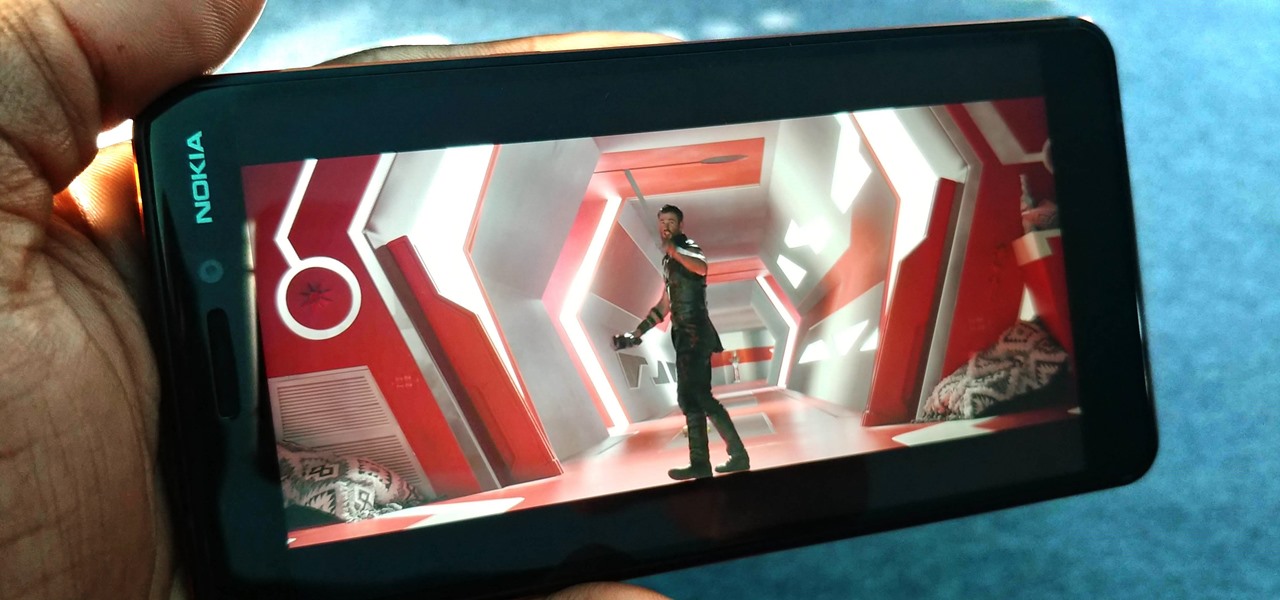








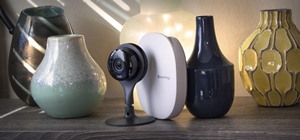


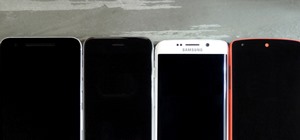
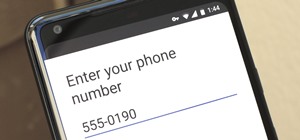

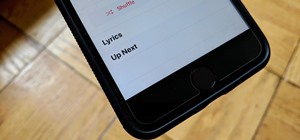





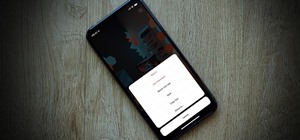

Be the First to Comment
Share Your Thoughts